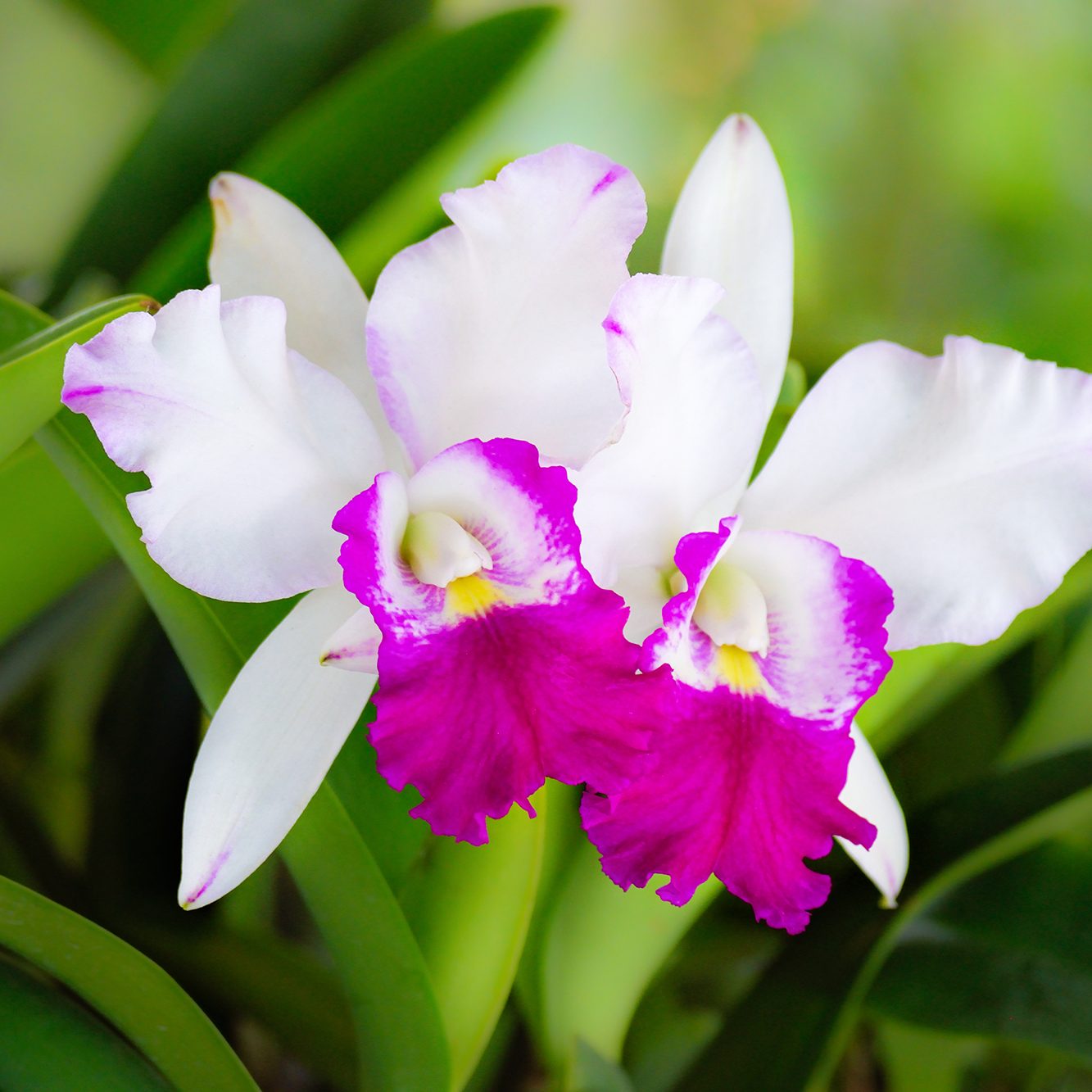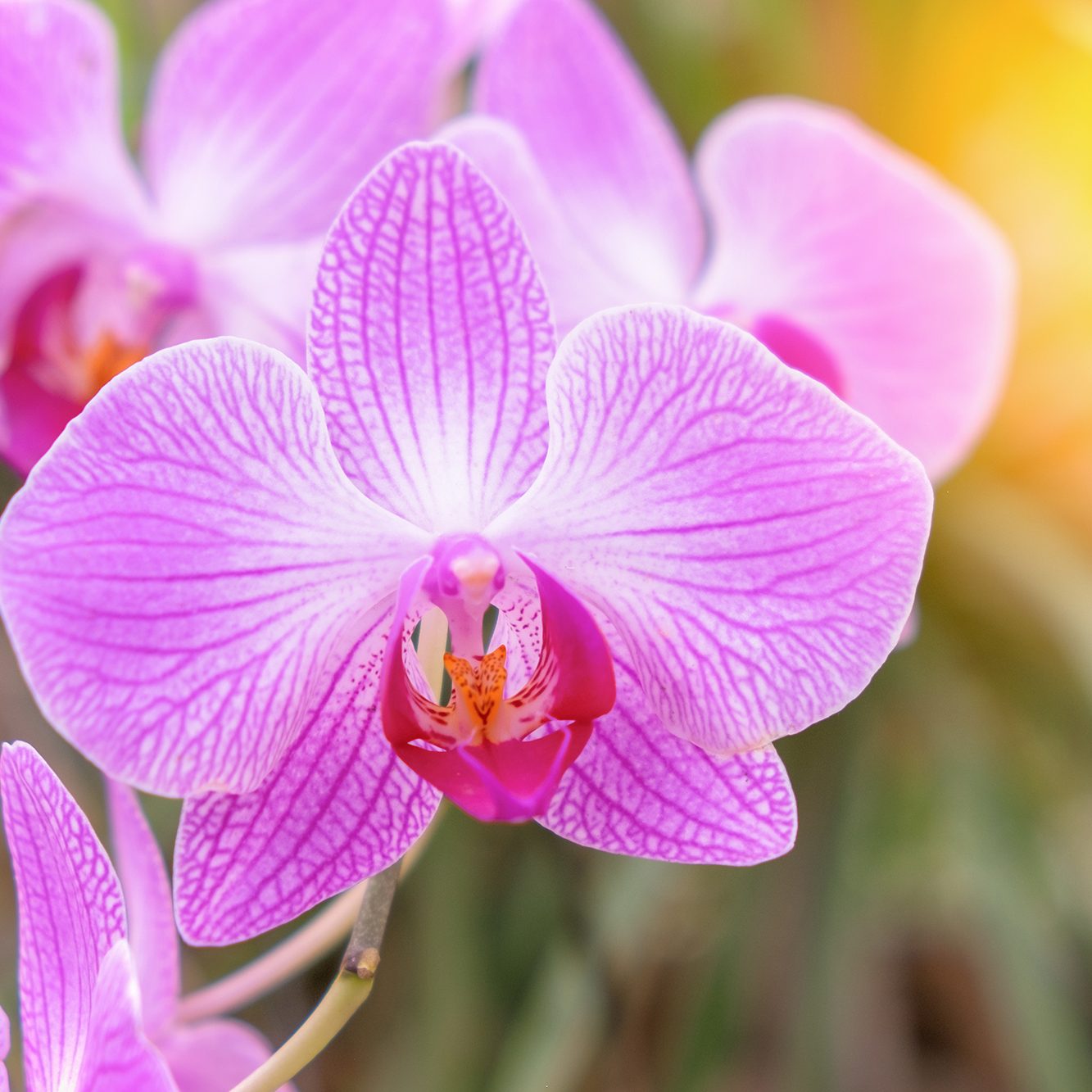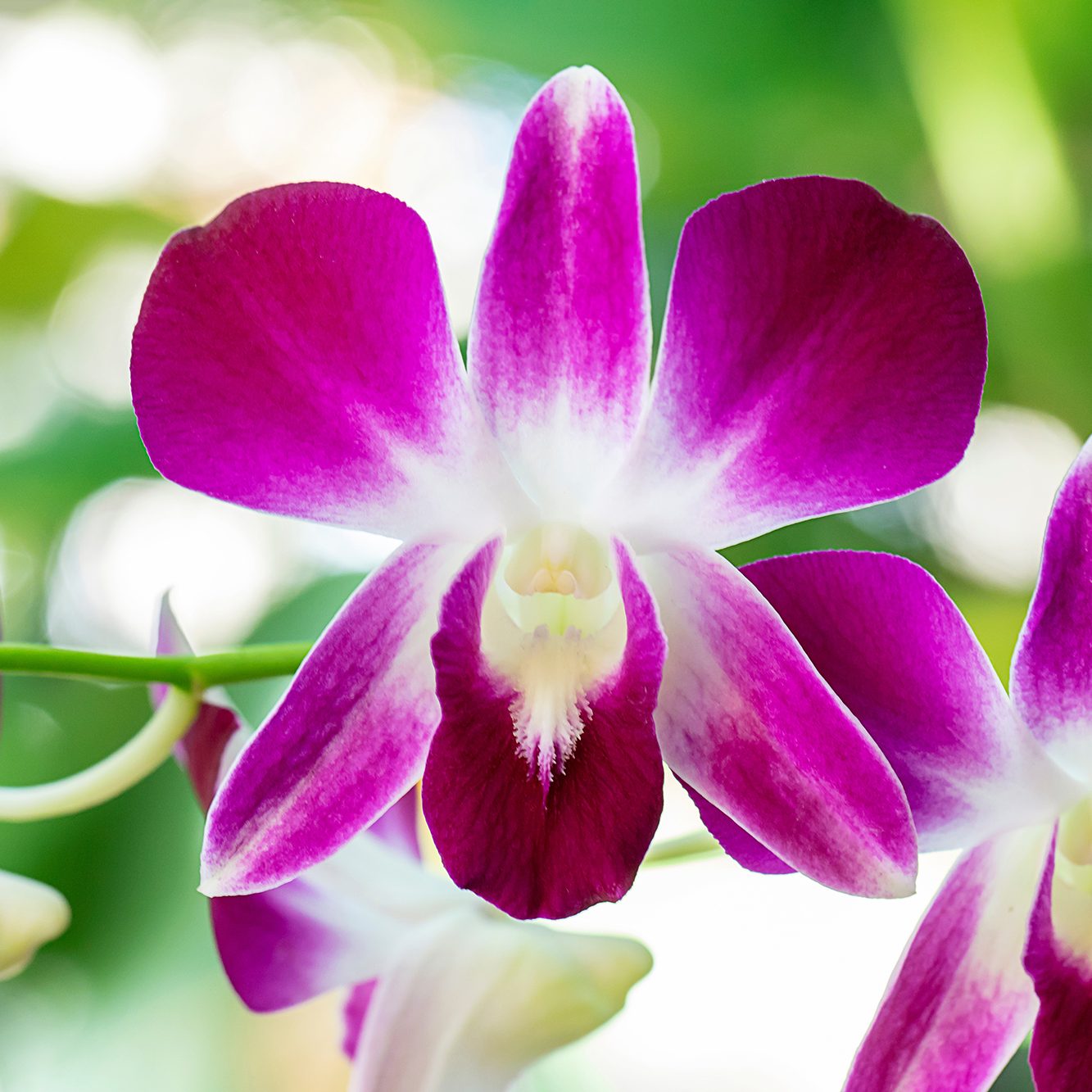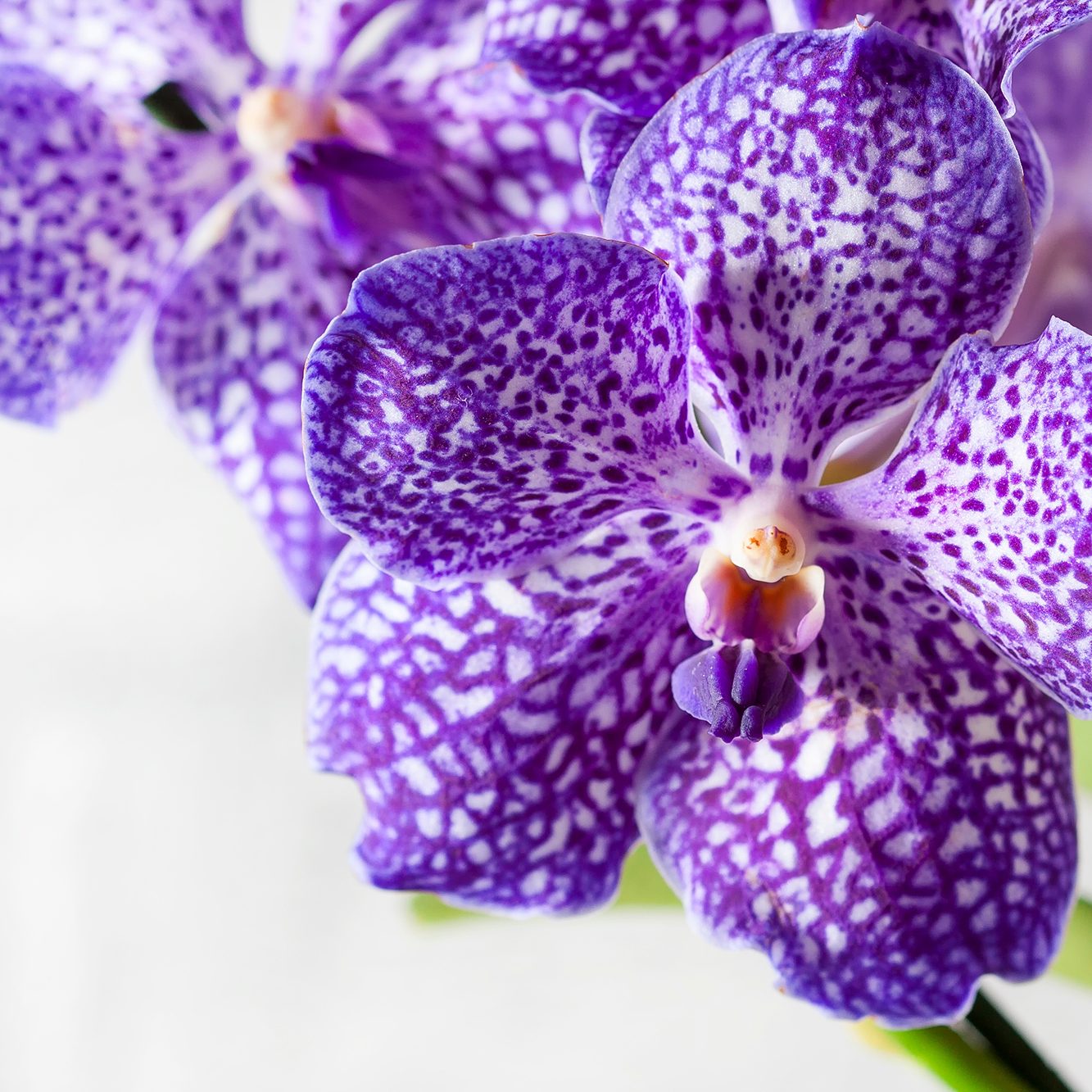
Orchids have an undeniable mystique. With their delicate petals, intricate patterns, and striking colors, these tropical beauties are among the most coveted flowers for both beginner and experienced gardeners. Despite their reputation for being finicky, orchids can thrive with the right care — and a little patience.
Types of Orchids
Orchids come in a dazzling variety of species, but a few stand out as the most popular for home growing:

Cattleya
Known for their large, ruffled petals and strong fragrance, these orchids are often used in corsages.

Phalaenopsis (Moth Orchid)
With broad, graceful petals and a long-lasting bloom, this is the perfect beginner’s orchid.

Dendrobium
A diverse group with tall, elegant stems and vibrant colors, they thrive in bright, indirect light.

Oncidium (Dancing Lady Orchid)
Named for their frilly, skirt-like blooms, these orchids require bright conditions and frequent watering.

Vanda
Featuring striking, often speckled petals, Vandas need plenty of light and high humidity.
How to Grow Orchids Successfully
Many assume orchids are high-maintenance, but with a few key techniques, they can flourish year after year.
Light & Temperature:
Orchids love bright, indirect light. East-facing windows are ideal. Keep them in temperatures between 65-75°F, with slight drops at night to encourage blooms.
Watering:
Overwatering is the number one orchid killer. Most orchids prefer to dry out between waterings. A good rule of thumb is to water once a week, letting excess water drain completely.
Humidity & Airflow:
Orchids thrive in humidity levels of 50-70%. A humidity tray or occasional misting (depending on the type) can help maintain moisture. Ensure good air circulation to prevent fungal issues.
Potting & Repotting:
Unlike traditional houseplants, orchids don’t grow in regular soil. Instead, they need a loose, well-draining medium like bark or sphagnum moss. Repot every two years to refresh the growing medium and prevent root rot.
Fertilizing:
A weak, balanced fertilizer (like 20-20-20) every two weeks during the growing season keeps orchids healthy. Reduce feeding in winter when growth slows.
Encouraging Blooms
One of the most rewarding moments in orchid care is seeing them rebloom. To encourage this, provide a nighttime temperature drop of about 10 degrees, maintain steady care, and cut back spent flower spikes on reblooming varieties like Phalaenopsis.
Orchids may have a reputation for being temperamental, but they are resilient once you understand their needs. With a little effort, these enchanting flowers can become the crown jewel of any indoor garden.

Fascinating Facts About orchids
The Largest Flower Family:
With over 25,000 species and more than 100,000 hybrids, orchids make up one of the largest plant families in the world.
Longevity:
Some orchid blooms can last for months, and with proper care, plants can live for decades.
Vanilla Comes from Orchids:
The vanilla bean is the seed pod of Vanilla planifolia, a type of orchid.
Mimicry Masters:
Some orchids, like the bee orchid (Ophrys apifera), resemble insects to attract pollinators.
Global Reach:
Orchids grow on every continent except Antarctica, from tropical jungles to arid deserts.
Ancient Symbolism:
In Victorian times, orchids symbolized luxury and rare beauty, while in ancient China, they represented integrity and friendship.
Air Plants:
Many orchids are epiphytes, meaning they grow on trees rather than in soil, absorbing moisture from the air.
Rare & Expensive:
The Shenzhen Nongke Orchid, developed in a lab, once sold for $200,000, making it one of the most expensive flowers ever bought.











